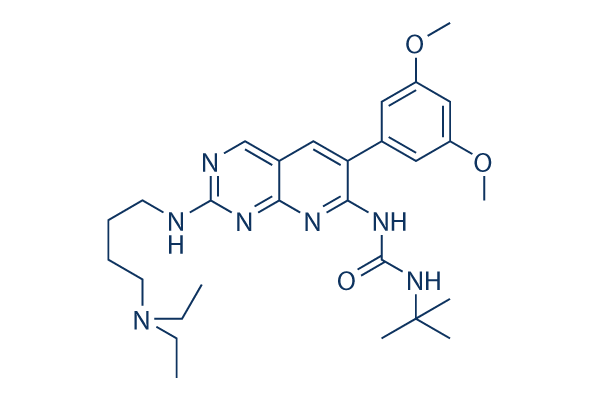Node prioritization making use of hypergeometric distribution Table 4 demonstrates the top 10 TF associations together with the p value 0. 05. Modules analysis For every on the TFs while in the TF interaction network practical modules of dimension better than or equal to three nodes were identified. This process yielded 70 modules with 3 nodes, 35 modules with 4 nodes, 18 mod ules with five nodes, twelve modules with six nodes, and 56 modules with seven or more nodes. Every module was then analyzed utilizing the common module score along with the significance on the TFs in just about every of those modules was assessed at p 0. 05 Tables five and six show the TFs identified in top rated scored modules and bottom scored modules for your two scoring schemas, respectively. Validation utilizing pathway examination For the bait list provided in Table 1, literature mining identi fied an extra 2,634 entities which had been then analyzed for his or her relevance in CRC pathways.
The significance PD 98059 167869-21-8 on the literature mined molecules with respect to TFs, ranked TFs, practical modules, and their connected practical pathways was established making use of MetaCoreTM from GeneGO. The MetaCoreTM device identified 39 sig nificant pathways for the bait record data with p values ranging from three. 591E ten to 7. 705E three. Nevertheless, when augmented with literature mined molecules, MetaCoreTM recognized 286 important pathways with p values ranging from 1. 253E 17 to 2. 397E two. These 286 pathways were analysed for their functional groups and were classified as important if linked with in excess of three pathways, or minor, if connected with three or fewer pathways. The 286 pathways recognized had been classified in 13 big func tional groups and six small selelck kinase inhibitor groups. Discussion Worldwide analysis of TF interaction network of CRC During the TF interaction network all 700 interac tions had been recognized employing the Gene Ontology Annota tion Similarity Score.
Nevertheless, only 264 interactions from 700 interactions can be additional scored through the Protein Protein Interaction procedure. Protein protein interaction criteria is substantial as it includes a greater prob potential of revealing an in vivo interaction of practical importance the protein protein interaction algorithm is built on construction data, and construction professional vides the basis of protein functionality.  We observed that a multi parametric technique making use of the two Gene Ontology Annotation Similarity Score and Protein Interaction Propensity Score can help recognize CRC relevant interactions that could not have already been iden tified if only one from the strategies was employed for con struction on the TF interaction network. Such as, when only the Gene Ontology Annotation Similarity Score was used, interactions in between ATF2 HUMAN and MK01 HUMAN or ELK1 HUMAN and MK08 HUMAN were either scored rather very low or missed all with each other.
We observed that a multi parametric technique making use of the two Gene Ontology Annotation Similarity Score and Protein Interaction Propensity Score can help recognize CRC relevant interactions that could not have already been iden tified if only one from the strategies was employed for con struction on the TF interaction network. Such as, when only the Gene Ontology Annotation Similarity Score was used, interactions in between ATF2 HUMAN and MK01 HUMAN or ELK1 HUMAN and MK08 HUMAN were either scored rather very low or missed all with each other.
CRET Signal
structural genes encode proteins that are not involved in gene regulation.
